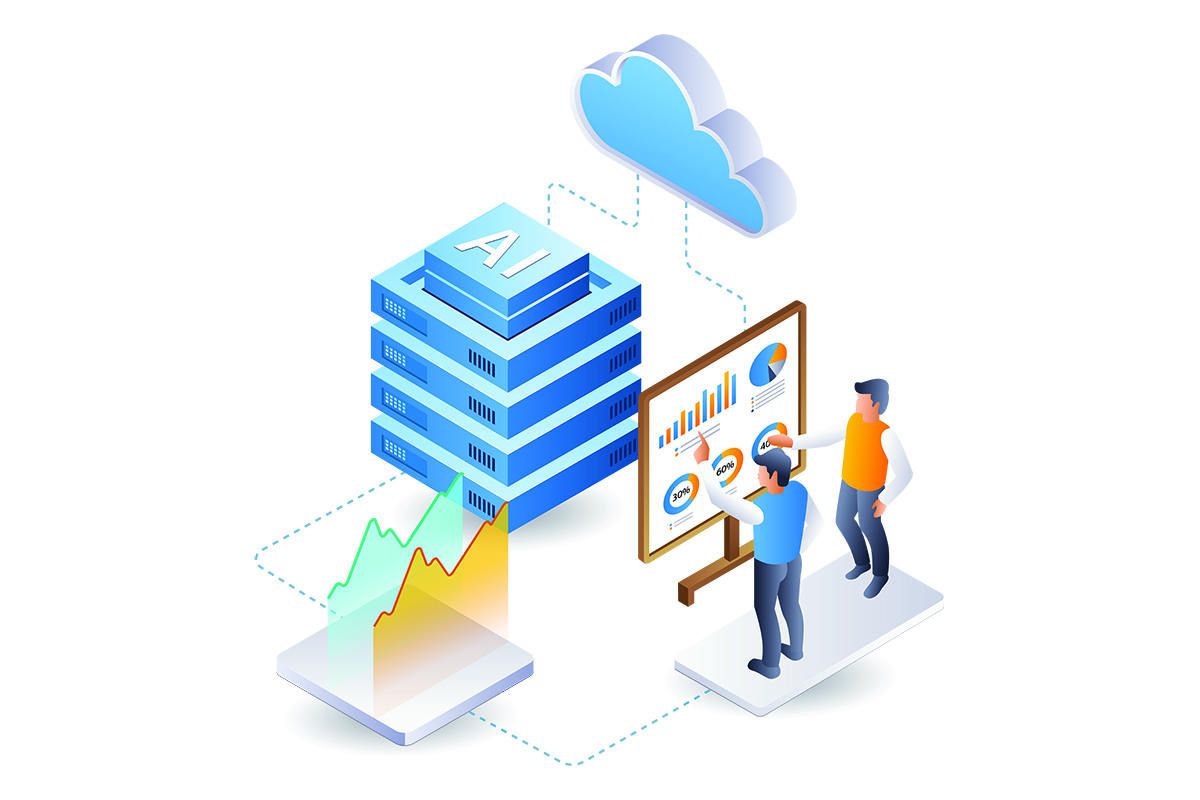Should You Connect ChatGPT to HubSpot?
June 6, 2025
AI is powerful, but smart governance matters.
UPDATED – HubSpot revised their knowledge base page around ChatGPT within HubSpot at about 6am on June 6.
See notes at the conclusion of this blog.
When HubSpot announced its Deep Research Connector for ChatGPT on June 4, 2025, it grabbed attention—and for good reason. This integration positions HubSpot as the first CRM platform to connect directly to ChatGPT’s Deep Research capabilities, unlocking AI-driven access to your live CRM data.
As someone who uses ChatGPT (and I genuinely love what it can do), this caught my interest immediately. I’m also certified in AI for Business and AI Data Governance, so my enthusiasm comes with a healthy respect for the risks.
Let’s walk through what this integration actually means, what the benefits look like, where the risks come in—and how I recommend clients move forward.
What the Integration Does
With this connector, you can ask ChatGPT questions about your CRM data in plain English. No code, no complicated filters—just natural language and immediate insights.
Here are a few examples of what it can do:
-
“Show me the companies with open deals over $50K that haven’t been contacted in 10 days.”
-
“Summarize our pipeline for Q3 by sales rep.”
-
“What are our top support ticket categories this month?”
It’s powerful, accessible, and flexible—especially for teams that don’t have time (or patience) for dashboards and reports.
The Benefits
1. Time-Saving: No need to pull reports or manually filter data—just ask and get what you need.
2. Better Insights, Faster: Team members can spot gaps or trends instantly, without relying on a data analyst.
3. Cross-Team Use Cases: Marketing can segment by persona or region, Sales can analyze pipeline risk, and Support can forecast ticket volume.
4. Built-In Permissions: ChatGPT respects your HubSpot user permissions—so users can only query data they already have access to.
The Risks (And They’re Real)
Despite the benefits, this isn’t plug-and-play AI magic. There are very real concerns—especially if your business handles sensitive customer data or operates in regulated industries.
Here’s where things get tricky:
1. Data Exposure
Prompts can easily include personally identifiable information (PII), confidential notes, or internal strategy. If a user types “Summarize all contacts with churn risk and include notes,” you’re potentially sending sensitive info into an external AI system.
2. Lack of Audit Trails
HubSpot logs who views or edits records—but it doesn’t log what data was fed to ChatGPT. There’s no built-in visibility into what users are asking or what data’s being exposed. You can’t “un-ring” the bell. There’s no “take it back” or control-z.
3. Compliance Concerns
If you’re subject to GDPR, HIPAA, or other regulatory frameworks, this could raise red flags—especially if the integration isn’t backed by clear internal policy or legal review. Having worked in the healthcare industry – this is HUGE and cannot be understated.
4. User Behavior is the Wild Card
The tool isn’t dangerous—but untrained users can be. The AI can only be as safe as the person crafting the prompt. If you have curious wanderers on your team, the allure of using ChatGPT in HubSpot could be a problem.
My Recommendation
AI isn’t the problem here. In fact, I believe AI, when used responsibly, is a huge asset to productivity and strategy. But connecting it directly to your CRM without a clear plan? That’s where I advise caution.
Here’s how I recommend approaching this:
— Start With a Risk Assessment
Think about your data: Is it sensitive? Regulated? Would you be comfortable with a junior staff member asking ChatGPT questions about it?
— Train Before You Turn It On
If you’re going to use the connector, make sure users are trained on what not to ask. A simple slip like including a customer’s email or full account notes can expose more than intended.
— Use Enterprise AI Tools if Needed
If you want stronger guardrails, consider ChatGPT Team or Enterprise. These offer more transparency, data isolation, and SOC 2 compliance.
— Consider Safer Alternatives
HubSpot already includes excellent native AI tools—without exposing your data externally. They’re worth exploring if you’re not ready for the leap to external integrations.
Final Thoughts
The ChatGPT + HubSpot integration is a bold, forward-looking move—and one that I’m genuinely excited about. But I’m also cautious. My certifications in AI for Business and AI Data Governance aren’t just for show—they’re what inform my belief that the best AI tools are only as good as the structure we build around them.
If you’re thinking about enabling this feature—or if your team is already experimenting with AI—I’d love to help you:
-
Build safe internal use policies
-
Train your team on prompt hygiene
-
Or explore other ways to unlock AI in your HubSpot portal—without risking your data
Reach out if you want to talk it through or you would like help constructing a safe use process/policy.
UPDATE
This blog was posted after midnight on June 6. When answering client questions at 6am, I noticed the knowledge base had been updated to include the language
- HubSpot customer data is not used for AI training in ChatGPT. To ensure that your data is not used for any AI training in ChatGPT, it’s recommended to turn off the Improve the model for everyone setting.
There is further information stating that users are only going to be able to access information that coincide with their access within HubSpot – but we know that ChatGPT will be able to see everything in HubSpot so how will it not veer into other areas to answer a question?
Further, ChatGPT isn’t supposed to have access to sensitive information. But again, once it’s connected everything is there so how does it not use all of the information as a resource for answering questions.


